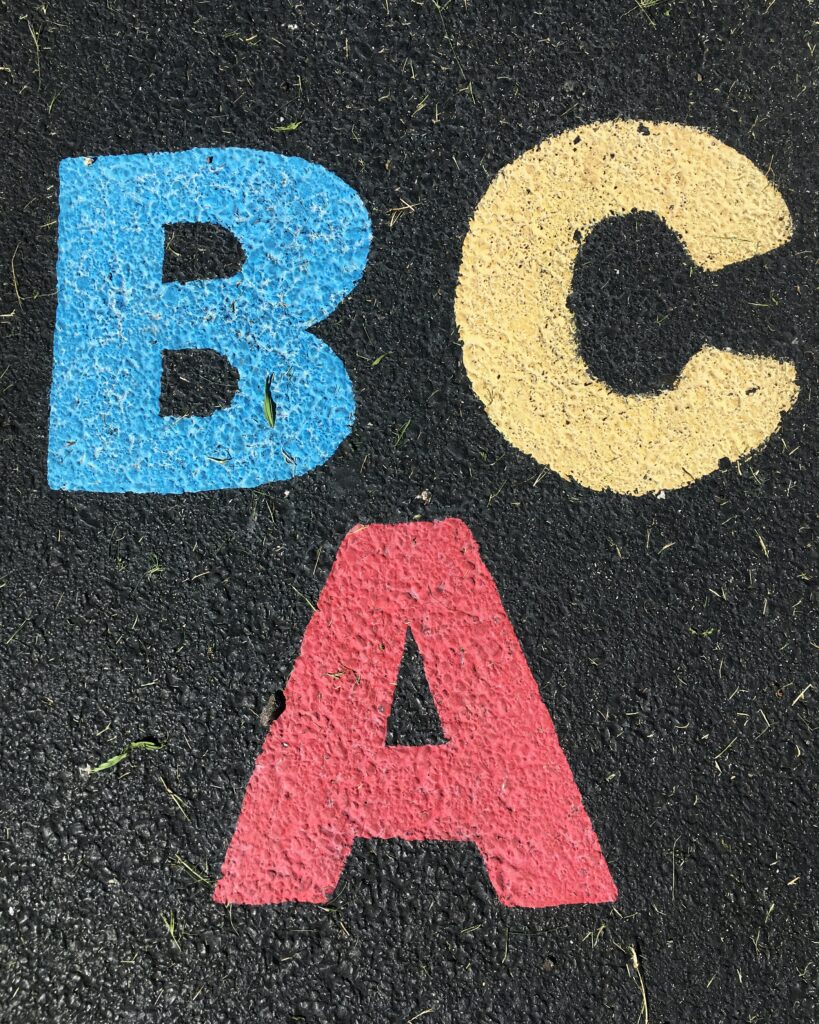If the GIF wasn’t a dead give away, this week I am PIVOTING! While writing my post last week, the blended learning course that I am working through decided to update the course and content. There is now a bunch of new information in the modules I already worked through, which I will go back to if there is time at the end of this semester. For now I am jumping ahead to the assessment and reporting module. I know in my last post I said I was going to cover resources and technology, but because this inquiry is for a technology class I didn’t think it would benefit my inquiry. Just like the other modules, if there is time at the end I will go back and look at it. Without further ado…let’s talk about assessment and reporting.
The module started with going over assessment FOR learning, AS learning, and OF learning. These are concepts I am already familiar with from the university classes I am taking. For readers who have no idea what these mean or maybe need a refresher I have explained each one below:

- Assessment FOR learning: These are formative assessments that can be done before starting a unit or midway through. They are meant to give the teacher an idea of what students already know or are understanding, and what they don’t know or aren’t understanding yet. These assessment will help guide the rest of the lessons.
- Assessment AS learning: These assessments are still formative, but are more student centered. Students will self reflect and evaluate their own work or performance identifying what they did well and what they need to improve. This type of assessment may also involve peer assessments where classmates evaluate each other.
- Assessment OF learning: These are the main events of assessments. They are summative assessments normally in the form of an exam or project presented at the end of a unit or term. These will be used to evaluate student learning and help form a report for the student.
In a blended learning environment things are flexible. Students can choose when and where they work, they choose how they interact, the teacher is constantly adapting. So, in a blended learning class the assessment should also be flexible and innovative. Often this means including technology as an assessment tool.

In a face to face situation it is pretty easy to predict what assessments might look like. Formative assessments are likely an exit/entry slip done on paper and handed in to the teacher. Discussion might happen in a large group or small groups. Peer assessments are likely a paper checklist where two students sit together and review each others work. Summative assessments are likely in the form of a presentation to the class or a pencil and paper exam that would be handed in to the teacher upon completion. In general these are solid assessment tools for a face to face class, but what is missing is that flexibility and accessibility piece. This where technology comes in and where online assessments become very appealing. In an online assessment we are not reinventing the wheel. The same type of assessments are being used, but they are being enhanced or transformed with technology. For example, exit/entry slips can still be used as formative assessments. Instead of paper, the students email or post their slip for the teacher to view. Peer assessments can still be done via Zoom and using a Google Form checklist to review each others work. In some cases, technology does create new options for assessment. When holding a synchronous class on Zoom, the teacher can use polls to gauge student understanding. For summative assessment, the doors are wide open in terms of what students can create. One of my favorites is creating an eportfolio online using Seesaw or Freshgrade. Students can also create podcasts, PowerPoints, videos, and more. And even in an online classroom, you can still do quizzes and tests using Kahoot or Google Forms.
My takeaway from this module is that there are a lot of ways that we as teachers can assess our students. Since there are so many ways, we should be making our assessment tools flexible regardless of if we are in a blended learning environment or not. At the end of the day we want our students to succeed, and in life, success is not dictated by only essays or only exams. Success is dictated by the accumulation of projects and products that we create.

Leave a Reply
You must be logged in to post a comment.